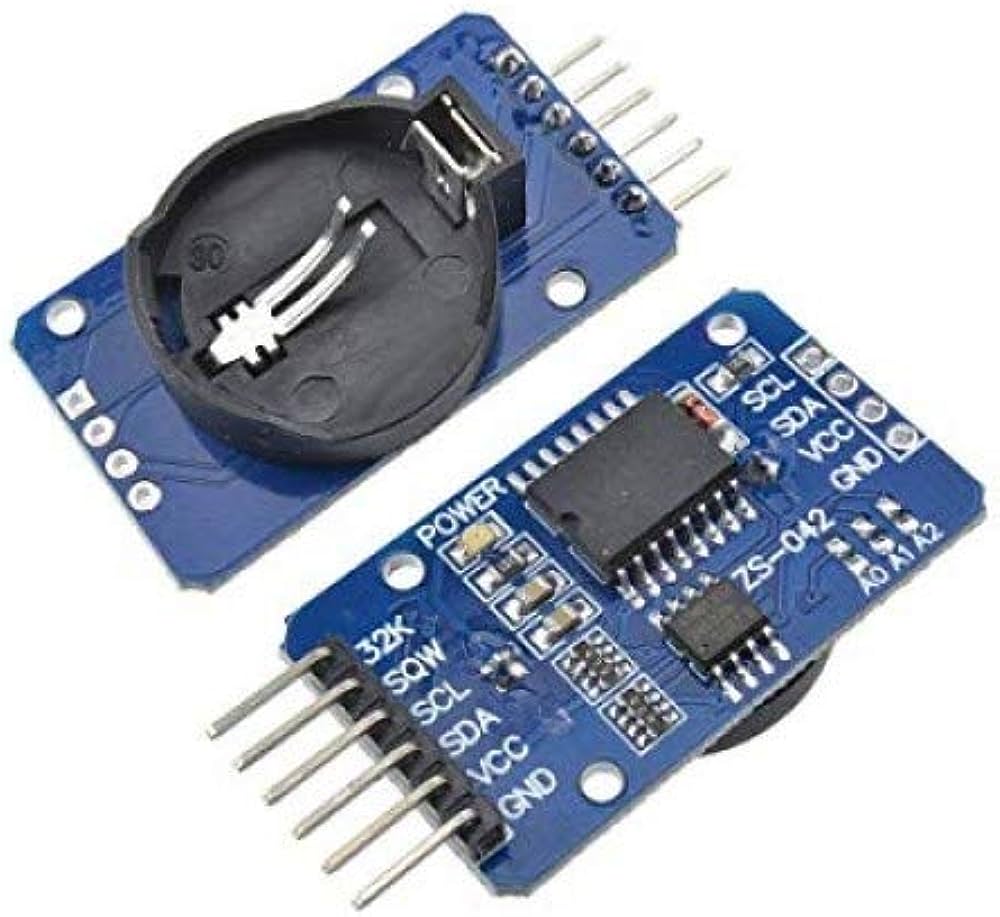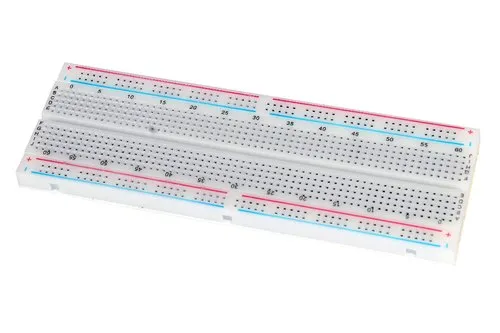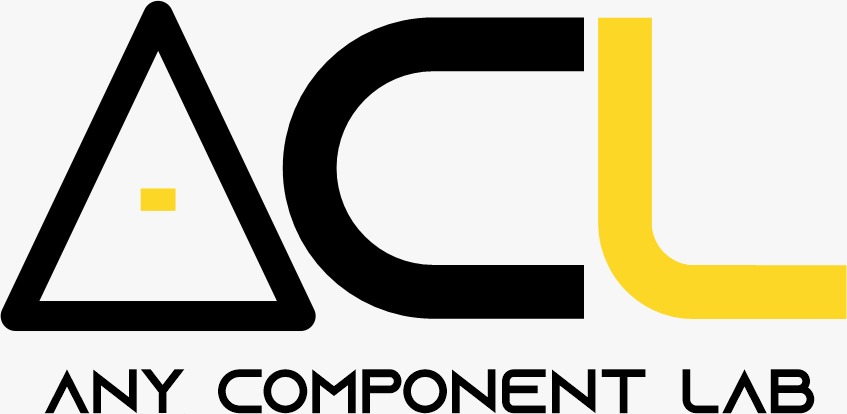Welcome, tech enthusiasts and curious minds, to our electrifying journey through the world of electronic components and the captivating realm of technology!
In an age where technology permeates every aspect of our lives, the possibilities seem endless. From smart homes to wearable gadgets and autonomous robots, electronic devices have become integral to our modern existence. To truly appreciate the magic behind these innovations, it’s essential to understand the building blocks that drive them forward.
Arduino kits are at the heart of many groundbreaking tech projects and inventions that push the boundaries of what’s possible. Whether you’re a seasoned electronics wizard or just dipping your toes into the world of circuitry, Arduino kits offer a versatile platform for exploration, creativity, and learning.
In today’s blog post, we introduce to you, lovely readers, ACL’s Ardu-Kit! We’ll explore the essential components that make up the kit, from microcontrollers to sensors, indicators, and more. But that’s not all; we’ll also share some exciting projects you can start building with our kit.
So, fasten your seatbelts and get ready for a thrilling ride!
The Ardu-Kit
The ACL ARDU KIT is masterfully designed to turn any novice into an expert in electronics. This is comprised of an array of sensor elements, passive elements, electromechanical components and indicators; all of which revolve around the popular Arduino Uno development board!
ACL’s unique selection and pairing of these elements enables its users to build over 30 projects, spanning from the basics to fully automated projects. And best of all, it’s really affordable!
Let’s take a look at what the kit consists of.
Development Board
A development board is a printed circuit board with a microcontroller mounted on it to facilitate experimentation with the microcontroller. ACL offers the Arduino UNO R3 development board. Arduino consists of both a physical programmable circuit board (often referred to as a microcontroller) and a piece of software, or IDE (Integrated Development Environment) that runs on your computer and is used to write and upload computer code to the physical board.
Arduino UNO is the best board to get started with electronics and coding. It can be programmed to communicate with other sensors and modules. It has 14 digital input/output pins (of which 6 can be used as PWM outputs), 6 analog inputs, a 16 MHz ceramic resonator, a USB connection, a power jack, an ICSP header, and a reset button. It contains everything needed to support the microcontroller. You simply have to connect it to a computer with a USB cable or power it with an AC-to-DC adapter or battery to get started!

Breakout Board
Breakout boards make a single electrical component or module easy to use. Electrical components are Integrated Circuits (ICs). Integrated circuits come equipped with pins. These pins serve various functions, typically including those for supplying power, grounding, input, and output. A breakout board, as the name implies, will take these pins and “break them out” onto a printed circuit board with its own set of pins that are conveniently spaced to align with a solderless breadboard. This offers straightforward access for utilizing the integrated circuit and allows individual examination of components. Breakout boards, in a nutshell, make using a single electrical component, sensor, or chip simple and easy. We provide the DS3231 RTC breakout board in our kit.

Sensors
Sensors are instruments designed to identify and quantify a particular type of physical occurrence (light, temperature, sound, etc.). Utilizing the Arduino microcontroller, it becomes effortless to incorporate these sensors into electronic projects.
The Arduino can be coded using the Arduino IDE to execute a particular action based on the sensor’s findings. When the sensor detects a specific physical phenomenon, it converts it into an electrical signal. This signal is transferred to the Arduino to be analyzed.
The following sensors are provided in the ACL Ardu-Kit:
- DHT11 Temperature & Humidity Sensor
- HC-SR04 Ultrasonic Sensor
- HC-SR501 PIR Motion Sensor
- TSOP38238 Infrared Receiver
- Photo Resistor (LDR) Module
- Capacitive Soil Moisture Sensor
- Gesture Sensor
Communication
Communication devices allow your Arduino to talk to other devices. Arduino boards are incredibly versatile and can communicate with a wide range of devices. ACL Ardu-Kit is equipped with following communication components:
- Bluetooth Module
- Infrared LED
- SIM800L GSM Module
Electromechanical
Electromechanical components make use of an electrical signal to cause some kind of mechanical change, such as motor turning. These normally use an electrical current to create a magnetic field, which causes physical movement. In essence, they either convert electrical energy into mechanical motion, convert mechanical motion into electrical energy, or facilitate electrical interconnection. Our kit gives you two electromechanical components:
- 0 – 180 Degrees Micro Servo Motor
- 5V Single-Channel relay
Indicators
These show specific observable characteristics to indicate the outcome of a programmed system. We provide the following indicators:
- LCD Screen 16×2
- 5mm colored LEDs (ORANGE)
- RGB (LED Common Cathode)
- Piezoelectric buzzer
- LED Strip
Connecting Wires
Jumper wires are electrical wires with connector pins at each end. They are used to connect two points in a circuit without soldering. You can use jumper wires to make connections between items on your breadboard and your Arduino’s header pins. You can also use them to modify a circuit or diagnose problems in a circuit.
Although jumper wires come in a variety of colours, they do not actually mean anything. The wire colour is just an aid to help you keep track of what is connected to which and will not affect the operation of the circuit. The Ardu-Kit has:
- Male to Male Jumper Wires
- Male to Female Jumper Wires
- Female to Female Jumper Wire
Power Supply
All Arduino boards need electric power to function. A power supply is what is used to provide electric power to the boards and typically can be a battery, USB cable, AC adapter, or a regulated power source device. We provide the following power supply components in our Ardu-Kit:
- 9 Volt Battery
- 9 Volt Barrel Jack
- 9 Volt Battery Clip
- Breadboard Power Supply
Switches and Amplifiers
Switches are used to turn ON/OFF devices and to connect different parts of a circuit. We have provided mini pushbuttons in our kit.
An amplifier is used to make the amplitude of the output current waveform greater than that of the input current waveform. That is, it increases the voltage, current, or power of a signal. For this, you will find some BC547 NPN transistors in the kit.
Passive Components
These only require the current traveling through the connected circuit and do not need an external power source to function. Examples of passive components found in the Ardu-Kit are;
- Resistors
- Ceramic Capacitors
- Electrolytic Capacitors
- 50K Rotary Potentiometers
- 1N4004 Diodes
Prototyping
Breadboards are used for prototyping. A breadboard is used to connect electronic components, such as wires, resistors, capacitors, and coils, to conduct various experiments and projects. As such, a construction base used to build semi-permanent prototypes of electronic circuits.

Arduino Projects
Let’s embark on a journey of creativity and innovation with the ACL ARDU KIT as we explore a range of captivating projects you can bring to life.
- Smart extension board GSM
- Smart light switch Bluetooth
- Motion-activated light switch
- Automatic light switch (time-based)
- Gesture-controlled light switch
- Temperature controlled fan
- Smart planter (self watering pot)
- Water level detector
- Radar security system (ultrasound-based)
- GSM-based light switch
The ACL Ardu-Kit is available on our online store, anycomponentlab.com.
As we conclude this exciting exploration of the ACL Ardu-Kit, remember that the world of electronics and technology is an endless realm of possibilities. With the ACL Ardu-Kit at your disposal, you hold the keys to boundless creativity and technological exploration. So, roll up your sleeves, fire up your creativity, and let the sparks of inspiration fly.
Thank you for joining us on this adventure, and we can’t wait to see the incredible creations you’ll bring to life with the ACL Ardu-Kit. Until next time, happy tinkering, and may your circuits always buzz with innovation!



